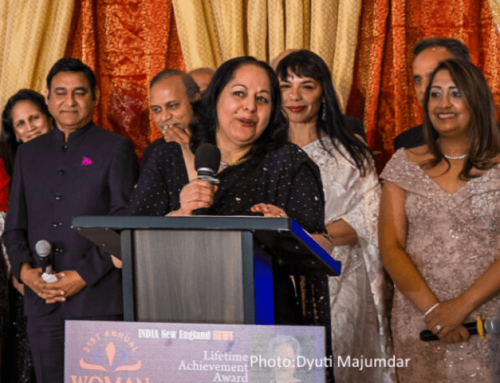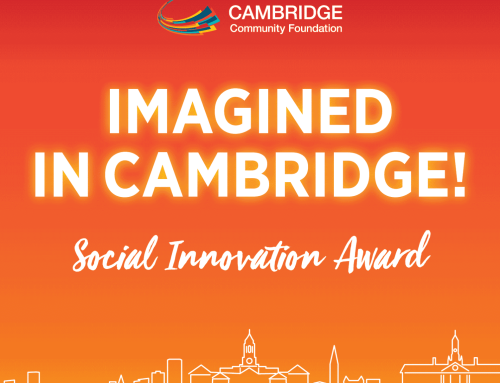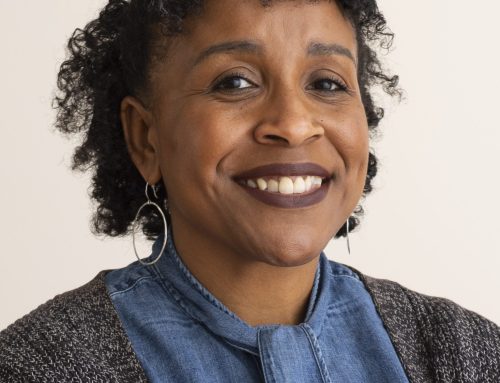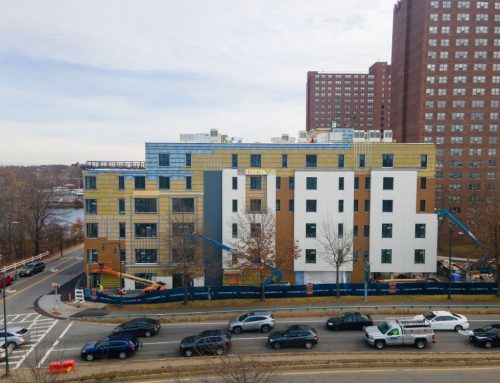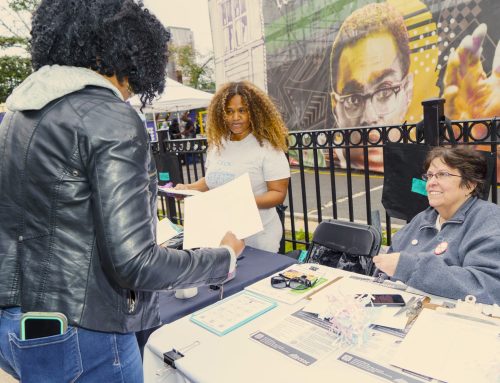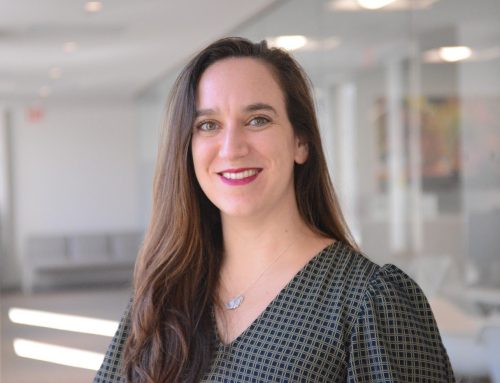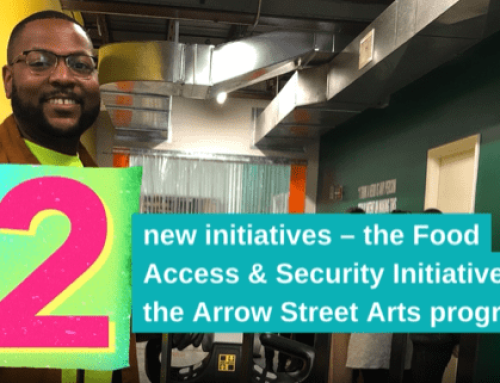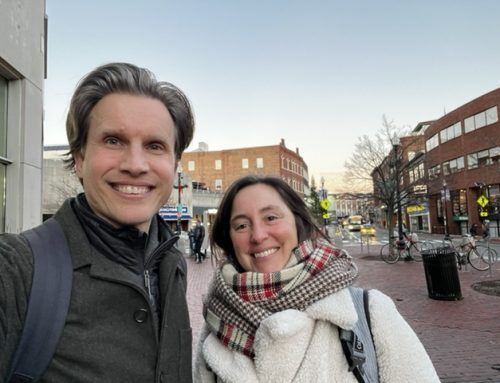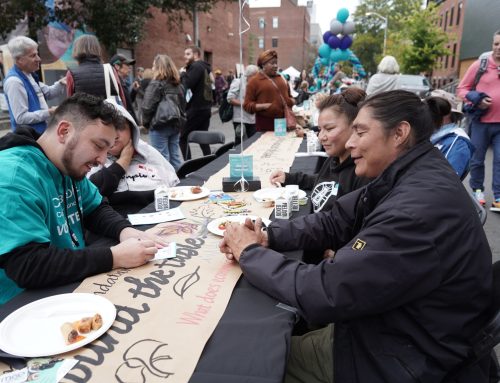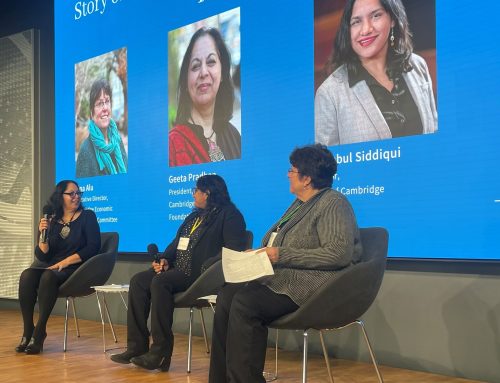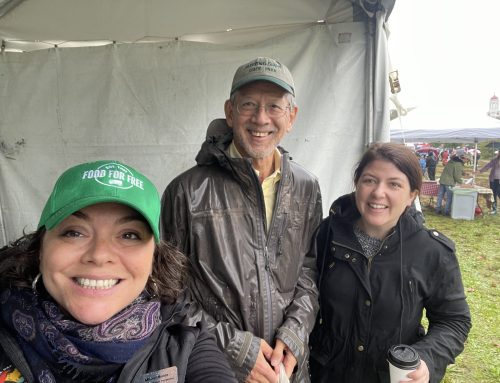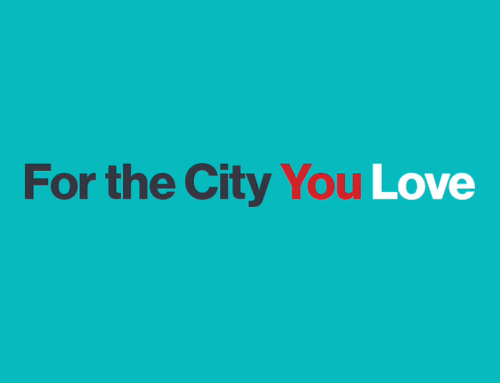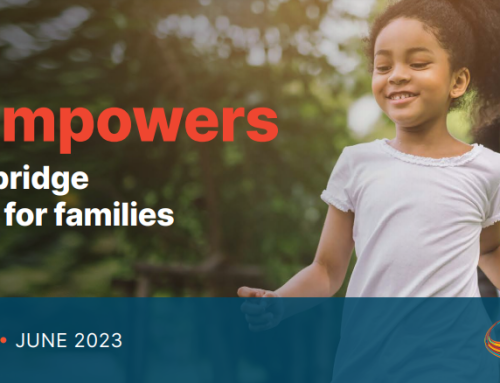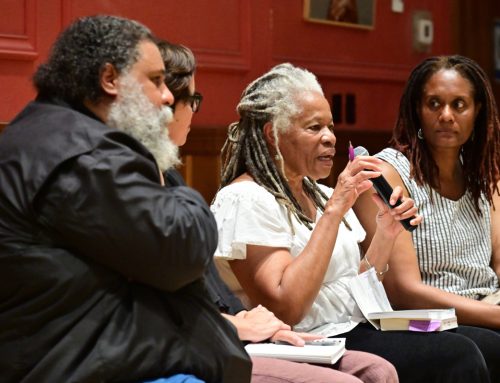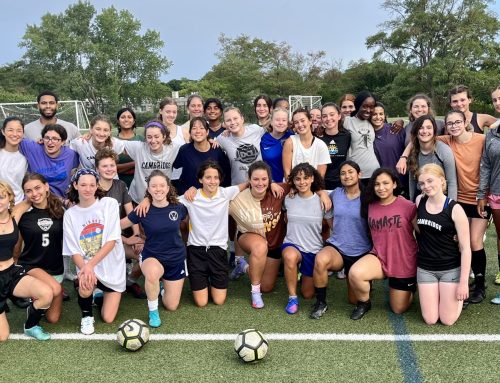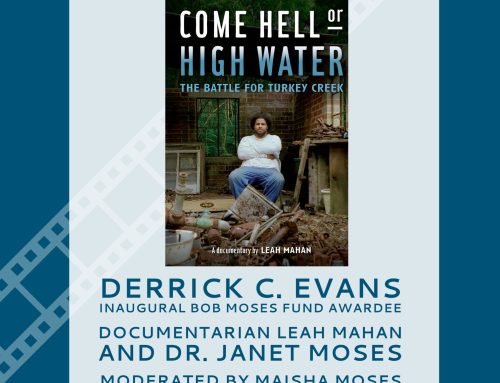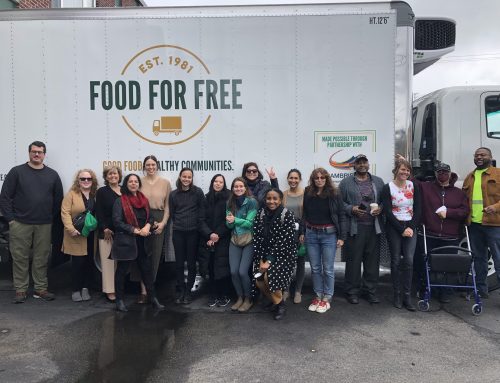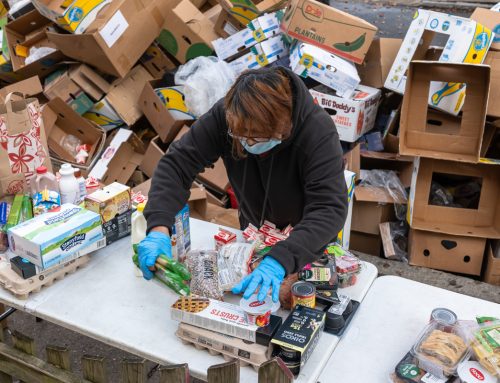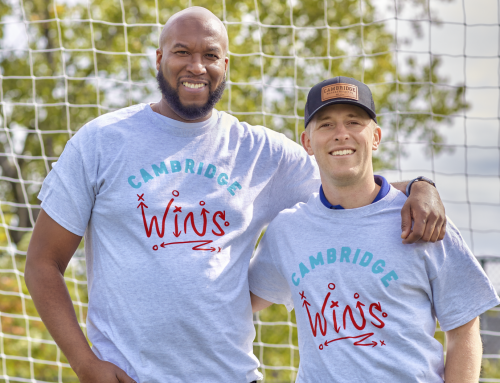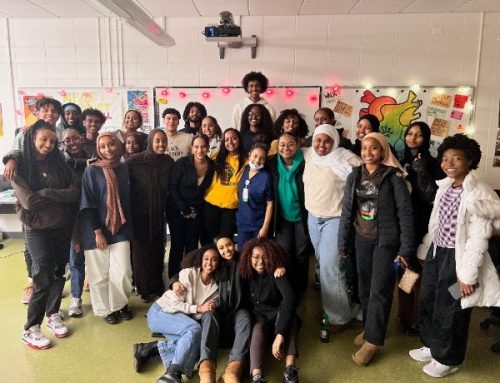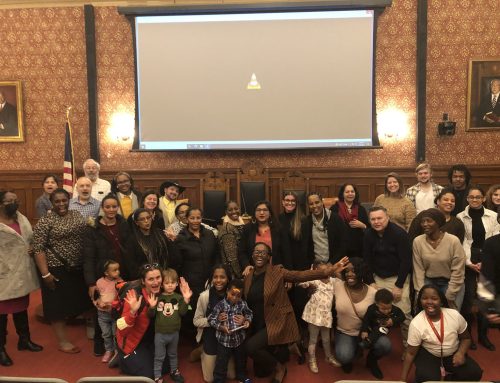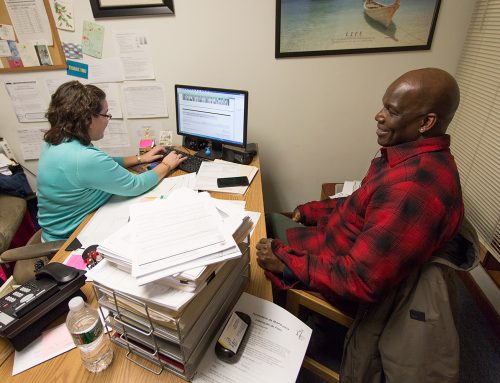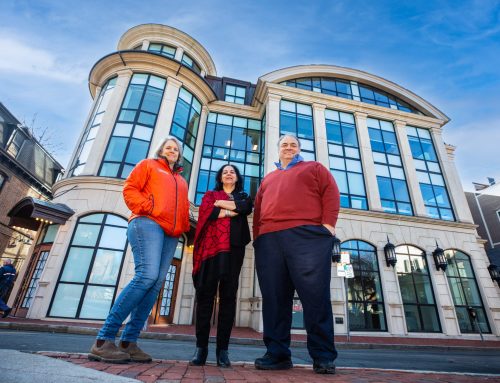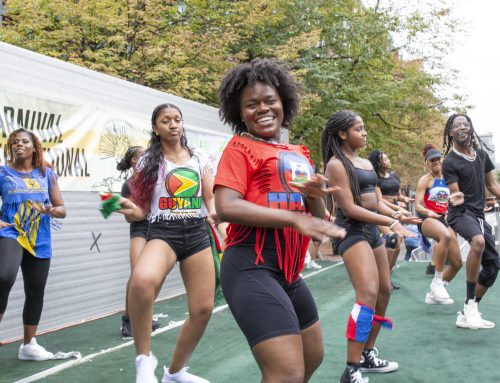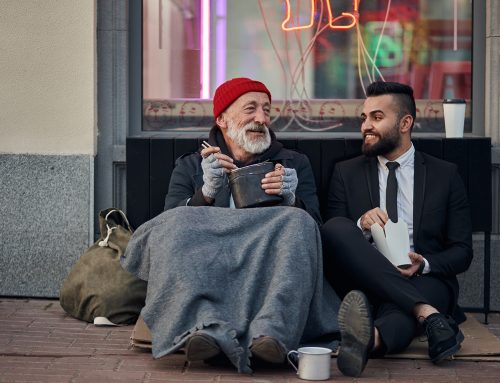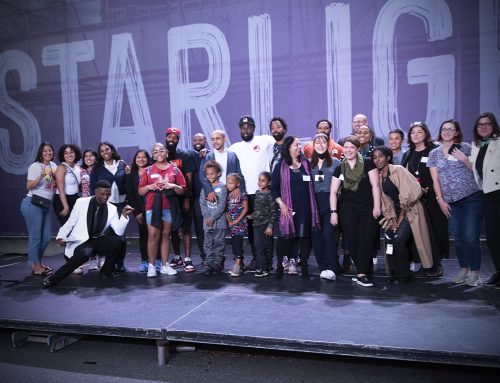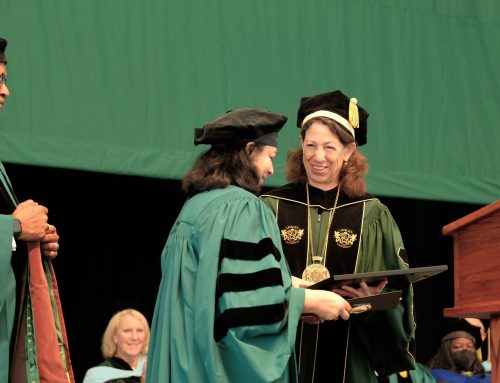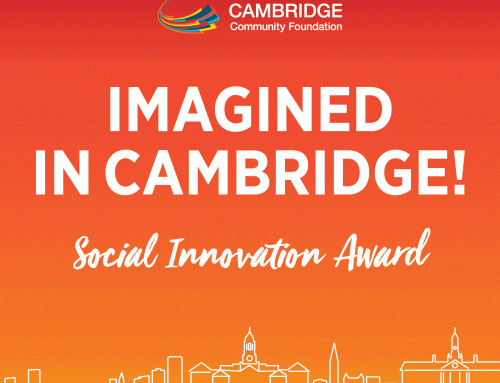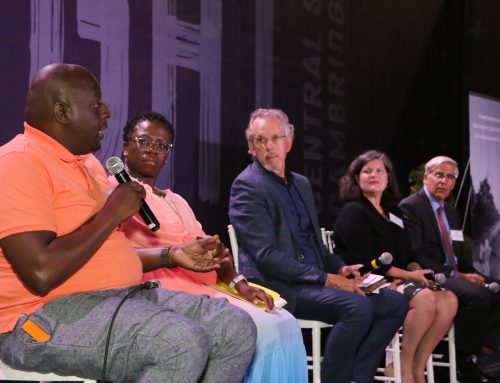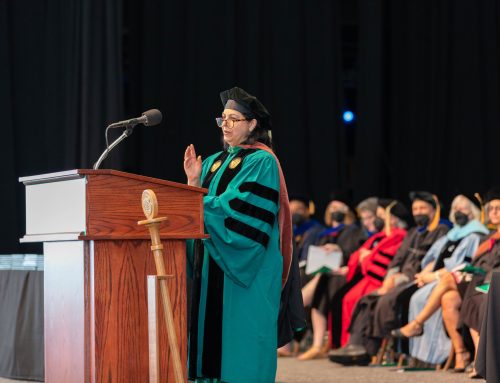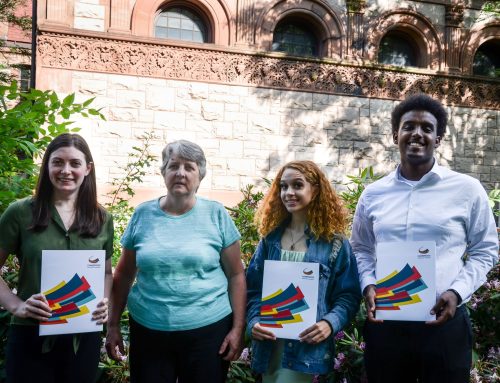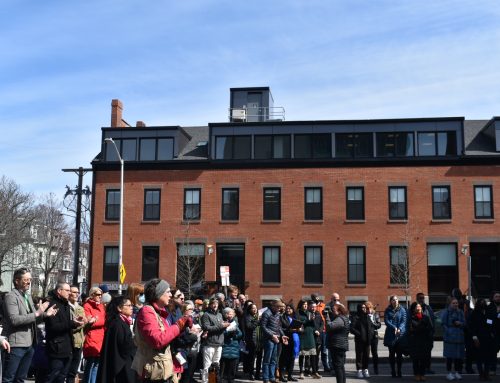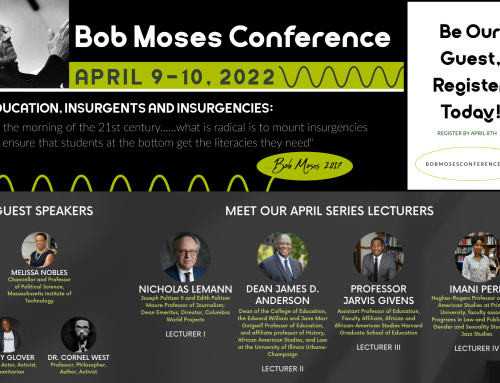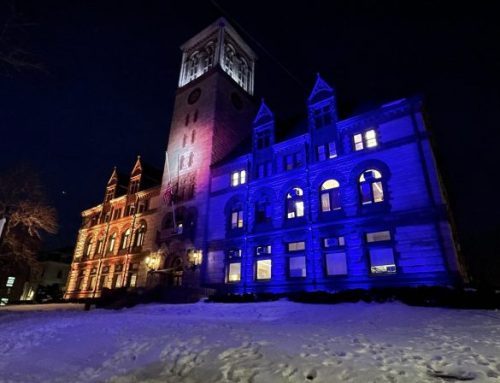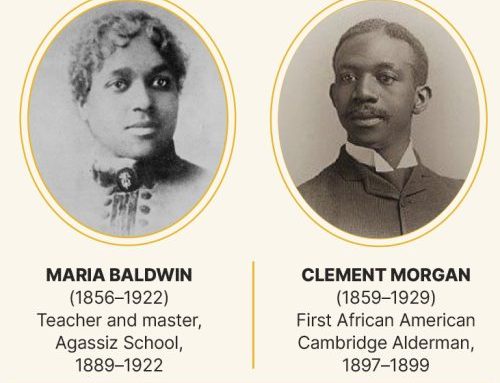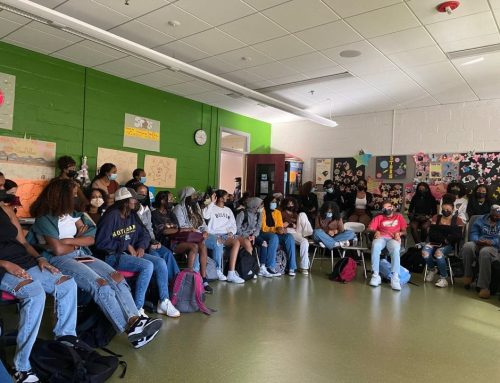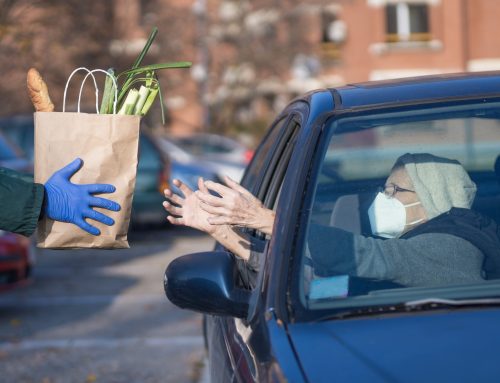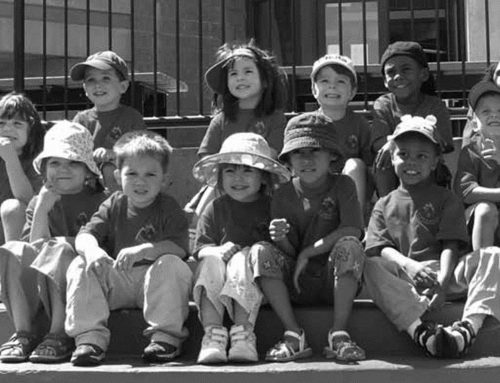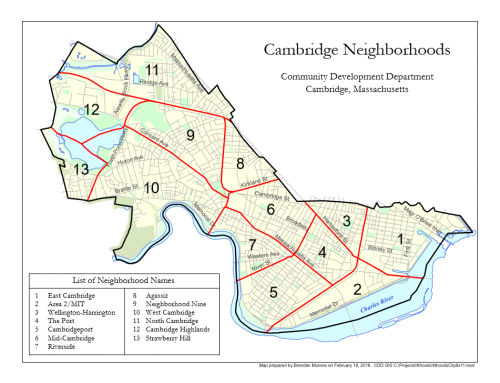
By Brad Bedingfield and Eleanor A. Evans
The impact of COVID-19 on our communities is only just starting to come into focus. It’s not just the health risks – millions are likely to find themselves unemployed, without health insurance or a means to make money. Those who must continue their work as this crisis balloons, health care workers in particular, have no safe place to leave their children. Nearly everyone is facing increased financial pressures. Local nonprofits, dealing with their own financial stresses, are still eager to bolster their support of the communities they serve during this crisis. For any Cambridge-based nonprofits thinking about how to directly give funds to individuals and families in the community, here are some considerations.
Can my nonprofit make direct grants to individuals impacted by COVID-19?
Many nonprofits that have not traditionally made grants to individuals are asking if they can do so, and how. They want to help specific people in their communities who are in danger of losing their homes or are already homeless, who do not have enough food for their children, or who have special health care expenses.
Nonprofits without experience making grants to individuals may be nervous about doing so, concerned that such grants may not be “charitable” enough to pass muster. Many are comfortable with scholarship grants or grants to support the poor with means-testing and other screens to ensure that only the truly needy receive benefits. But what about support for those who might not satisfy those means-testing screens, but are now in urgent need?
The U.S. government and many states, including Massachusetts, have declared a state of emergency with respect to COVID-19. Accordingly, and given the urgency of these needs, it is appropriate to consider support for those impacted by COVID-19 as disaster relief, akin to help for victims of wildfires or hurricanes. In disaster relief scenarios, nonprofits are not required to ensure that only the “poor” receive benefits. “Relief of the distressed” is a recognized charitable purpose, and it is perfectly appropriate for a nonprofit to establish COVID-19 emergency funds to help anyone in immediate distress as a result of the current emergency, and to make grants to relieve that distress as the nonprofit feels is appropriate and consistent with its mission.
Of course, any relief provided for this purpose should be calibrated to relieving that immediate distress. Disaster relief support generally cannot wait for robust grant applications with detailed supporting material – people need help now. At the same time, nonprofits have some duty to set up reasonable parameters, criteria, and procedures for deciding who will receive help and how much. For example, a nonprofit may place a cap on support for any one individual or family and may require a brief narrative description of the applicant’s immediate distress and how the grant will help alleviate that distress in the short term. Where appropriate, a nonprofit may request some other evidence of need, such as communications with creditors, proof of lost income, or a testimonial from a third party, although the nonprofit may exercise its judgment as to what it needs under the particular circumstances to be comfortable that the distress is real. The nonprofit should also consider establishing a committee (which reports periodically to the Board) to vet these applications and make determinations. There are no bright lines here – the key is that the nonprofit has taken reasonable steps to ensure that its funds are used for charitable purposes, including relief of the distressed. A nonprofit that does that in good faith will fulfill its obligations under federal tax law, and its obligations to donors and to the public as stewards of charitable funds.
Who can contribute to my COVID-19 relief fund, and on what conditions?
Individuals and companies can of course make contributions to the fund. Congress frequently lifts the adjusted gross income limitations for gifts in support of disaster relief, allowing individuals who itemize their deductions and companies to deduct all of these contributions regardless of their adjusted gross income. This is particularly powerful for companies that are otherwise very limited in their ability to take charitable deductions (10 percent of their adjusted gross income per year), as well as for charities that have unrelated business taxable income (UBTI). If done correctly, a charity may be able to completely offset its UBTI by making a qualifying charitable gift for disaster relief, effectively converting a tax into a programmatic expenditure. So far (as of the date of this alert), Congress has not included in its disaster relief bills such a provision lifting the AGI limitation for these sorts of gifts, but it has done so with respect to recent disasters, such as the California wildfires, and we would hope that Congress would eventually do so here as well.
It is important to ensure that individual or corporate donors are not participating in decisions regarding individual recipients of funds. Allowing donors to “earmark” funds for specific recipients, or even to participate in advising regarding specific grantees, could jeopardize the donor’s income tax deduction, and in certain cases might accidentally convert the disaster relief fund into a donor-advised fund (DAF). This would be a problem, as DAFs (other than certain employer-sponsored disaster relief funds and certain scholarship funds that are exempted from DAF restrictions) are not allowed to make grants to individuals. DAFs can, however, make grants to emergency COVID-19 relief funds at charities (including funds set up by DAF sponsors), so long as the donors and designated advisors do not participate in the selection of individual recipients.
Does my nonprofit need to issue a 1099 to recipients?
Disaster relief grants generally are not taxable income to the recipient, and therefore a Form 1099 is generally not required. Grants in the nature of scholarships, or grants to employees, may follow different rules – confirm with your tax advisors.
So, should we do this?
Many nonprofits may prefer to make grants to other nonprofits for this purpose, and this can make good sense where the other nonprofits are closer to the target community, or already have procedures in place to handle these sorts of grants. However, a nonprofit for whom direct COVID-19 support is within its mission should not let fear of the tax rules get in the way of helping its constituents directly. With a little bit of planning and advice up front, disaster relief grants to individuals can allow nonprofits to have a direct and immediate impact on those in urgent need and help those it serves stay afloat until this crisis has passed.
ABOUT THE AUTHORS
Brad Bedingfield, Esq. is co-chair of the Cambridge Community Foundation’s Professional Advisors Council and an attorney at Hemenway & Barnes, LLP. Our Professional Advisors Council is a group of investment, tax, and estate planning professionals who offer their expertise to the Foundation’s work with the greater Cambridge community.
Eleanor A. Evans, Esq. is an attorney at Hemenway & Barnes, LLP.






